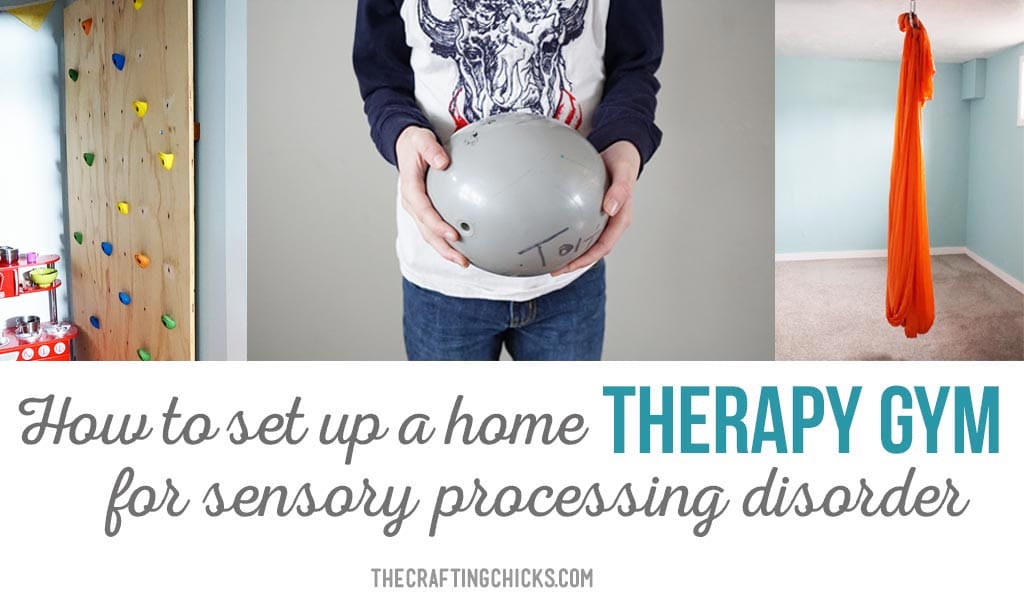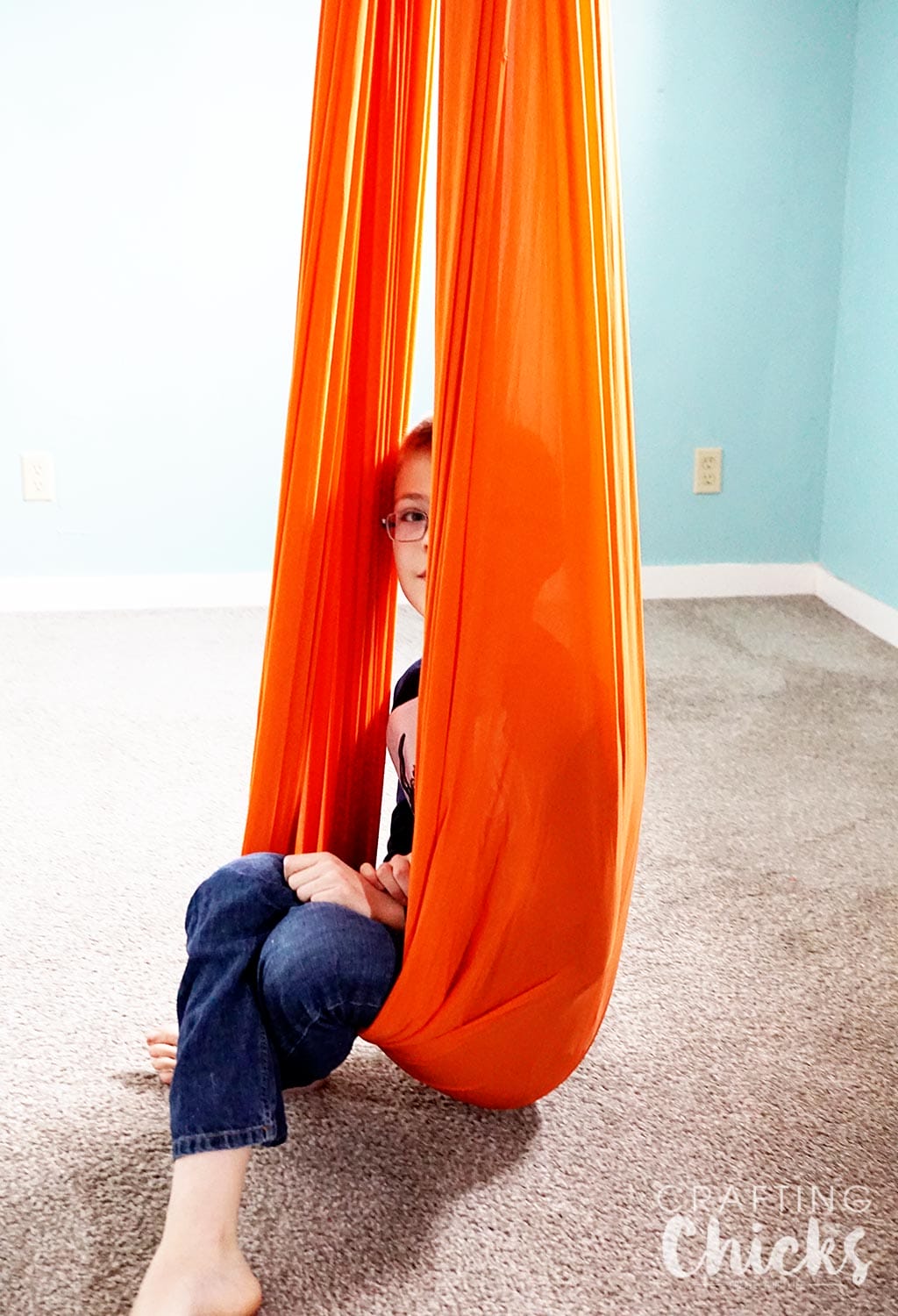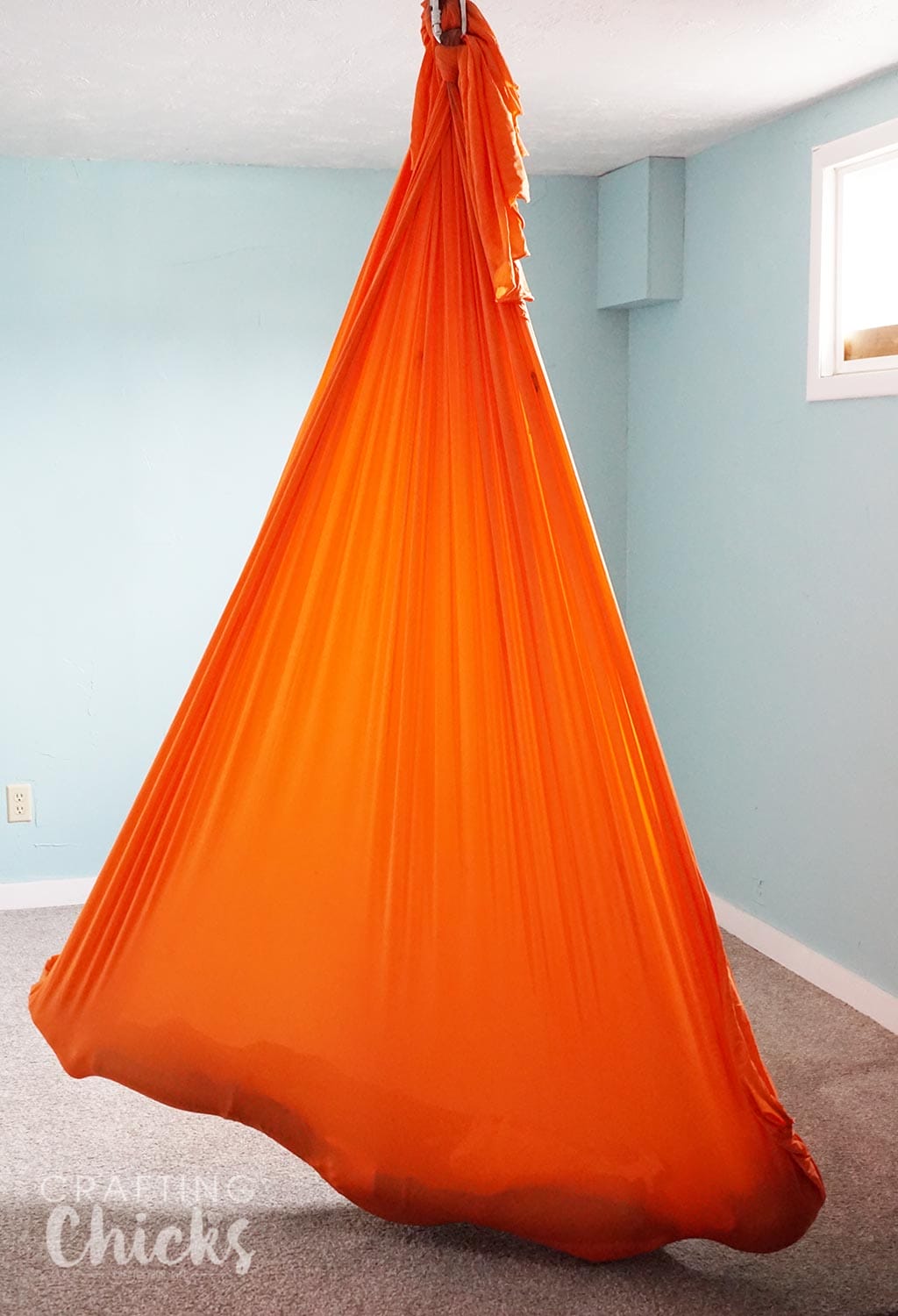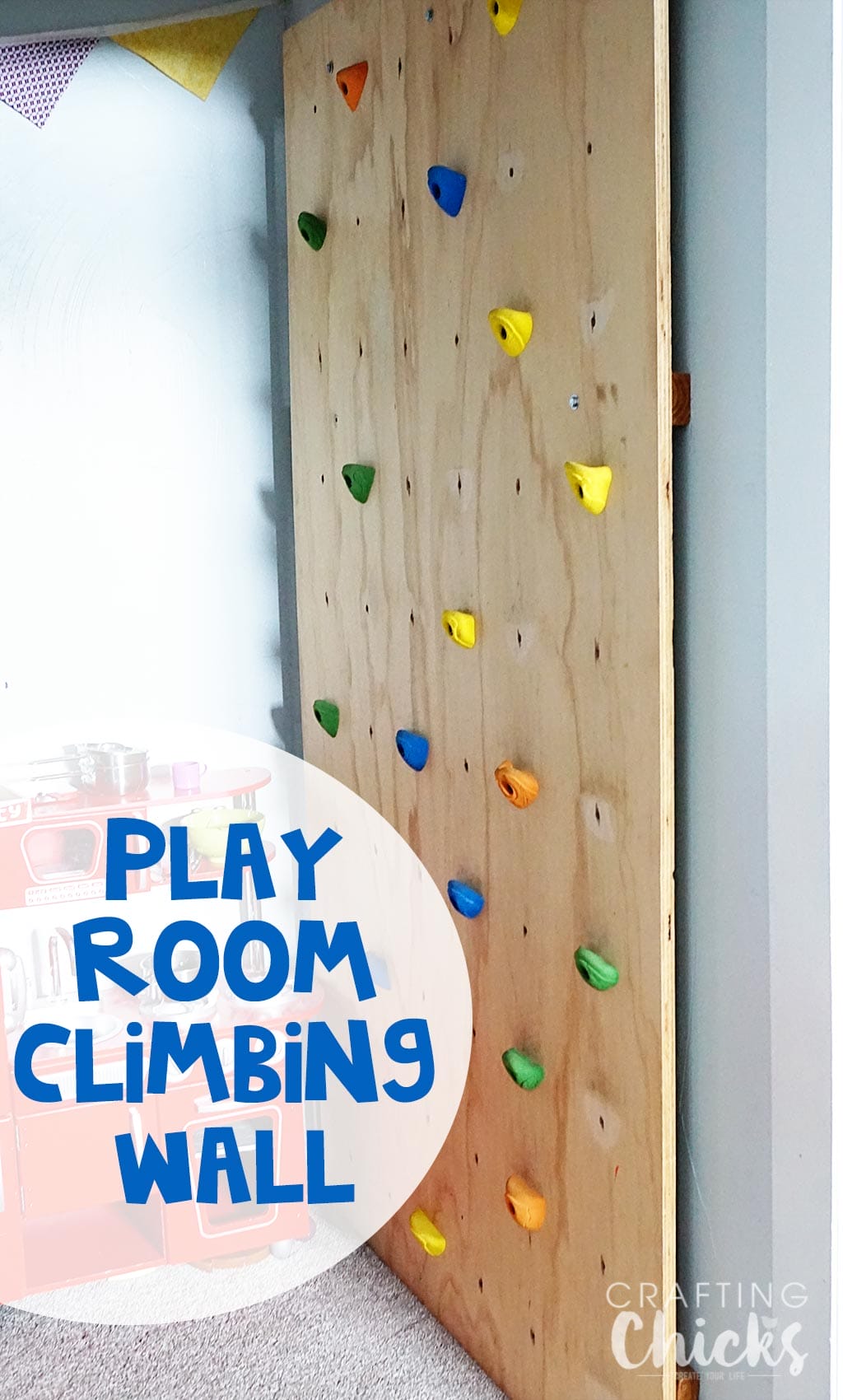This post may contain affiliate links.
A while ago I shared our story of sensory processing disorder and gave some recommendations of books I found helpful, but never shared tools that we have used in his therapy exercises. Please know that not every child with sensory processing disorder will need the same things, and the exercises that help our son may not help your child. But these were all ah-ha things that I hadn’t thought of on my own and they may be able to help others. Also, I’m not a therapist and highly recommend you find one that can help you.
How to set up a therapy gym at home for SPD
Providing a place in your home for your child with sensory processing disorder to get a the activities they need is important. It may seem like an expensive thing to invest in, but so is spending years on therapy. Here are some lower cost items that may be able to help your child. Most are under $50.
Heavy lifting is a great part of a sensory diet, but most books and even our school occupational therapist recommend pushing a heavy wheel barrow or carry a full 5 gallon bucket to achieve the heavy lifting. Which isn’t really a common thing for kids to do, and if it is something that’s “weird” they aren’t going to do it. When our occupational therapist suggested throwing an 8 lb medicine ball in the morning to get him going for the day I thought it was a genius recommendation. Our son lifts the ball over his head and throws it straight down to the floor, picks the ball up and repeats 20 times every morning.
To help our son overcome a lot of his sensory challenges a lot of time was spent at home and at therapy strengthening his core.
A balance board was used often at therapy, but can easily be used at home too. The therapist would have our son stand on the balance boards and play different games, like basketball with a Little Tike hoop, or throwing a medicine ball to a certain target. Once he could balance well with both legs he started standing on just 1 leg, working both. The object is to make it hard but not impossible and as they improve to continue making it more difficult so they can continue to improve.
Sit ups are made a lot easier if you start on an incline. At therapy they used a wedge, and at home we used a pillow under his back. In the beginning he needed 2 pillows, but as his muscles started getting stronger we dropped down to 1 pillow and then eventually no pillows.
Push Ups and planks round out our morning exercises along with ball throws, and sit ups. For an adapted push up he started by doing push ups on a dresser. It was lower to the floor than the wall, but still had enough incline to help.
Beach Balls. Our therapists recommended beach balls because he liked how unpredictable they were. It caused our son to have to use both hands to keep the ball in the air and allows him to practice crossing midline without even realizing it.
Swinging plays an important part in development and we installed a yoga hammock in our basement. All of my kids enjoy playing on the hammock. In fact, we have adults that enjoy hanging out in the hammock when they visit too! These are the same type of hammock, or swing that they use in some yoga classes or arial acrobatics. Instead of using it as a structured exercise he just plays on it. When they lay down in the hammock it provides pressure to the entire body, so it is a good calming tool. This swing allows him to hang upside down, or invert, spin, and swing which are all so import in helping the neuropathways in the brain to develop.
You are able to adjust the height of the hammock, ours needs to be shortened because it has stretched, but having it close to the ground is good for kids with insecurities. As they gain confidence you can shorten it.
Mini trampolines provide joint feedback and are great exercise.
Years before we knew what SPD was we installed an indoor climbing wall. Our therapist has a big one in their gym and little did we know that this wall would prove to be helpful. If you want to install one you can read the tutorial of how we did ours. If I could change one thing it would be to make it bigger. I thought we’d want it taller, but the one at therapy goes down a long wall.
Riding a bike is also great as they have to balance and use both sides of their body together. I wrote this post about teaching a child to ride a bike when our son was struggling to figure it out. I was bound and determined that he would ride a bike. He learned and surprises all his therapists that he can.
I’m curious what works for other kids, as I’m always looking for something new to keep him progressing. If you have found something that works for your child please share it in the comments!






I was unaware of SPD but you have some great ideas here for the kids. especially the climbing wall. thankyou for sharing.
Brilliant! Love these ideas. Why have I never thought of setting this up before? Thank you!
I love the idea of the medicine ball throw. We are going to figure out the best weight and size for our kid. We just installed a climbing wall in the playroom and are working on some wooden trapeze type swings from the ceiling. My kid likes the sensation of hanging from her arms. I’m sure she’d love the yoga swing but I worry it would end up wrapped around her neck because she likes to twist things around herself. Has that ever been a concern for you?